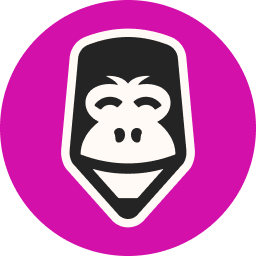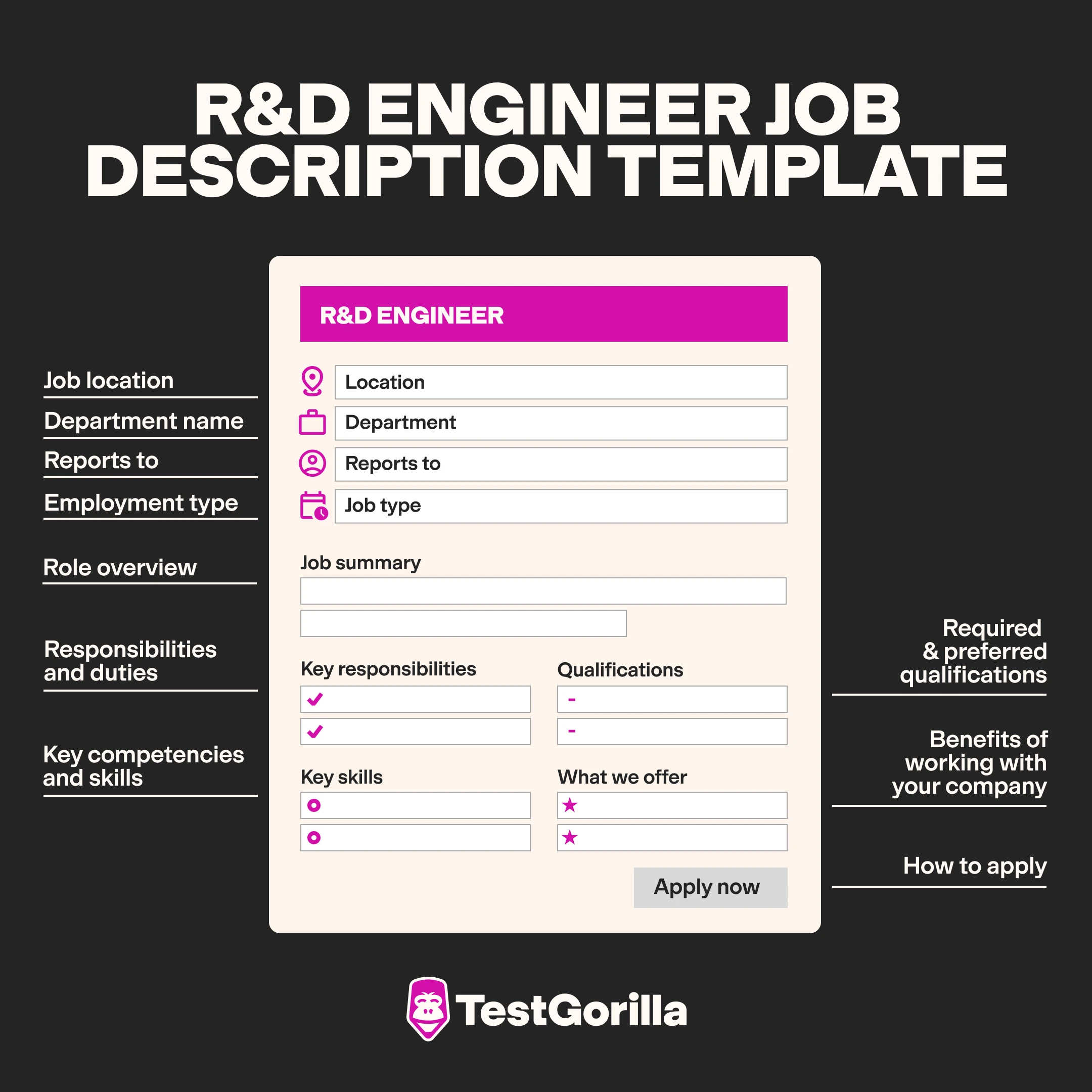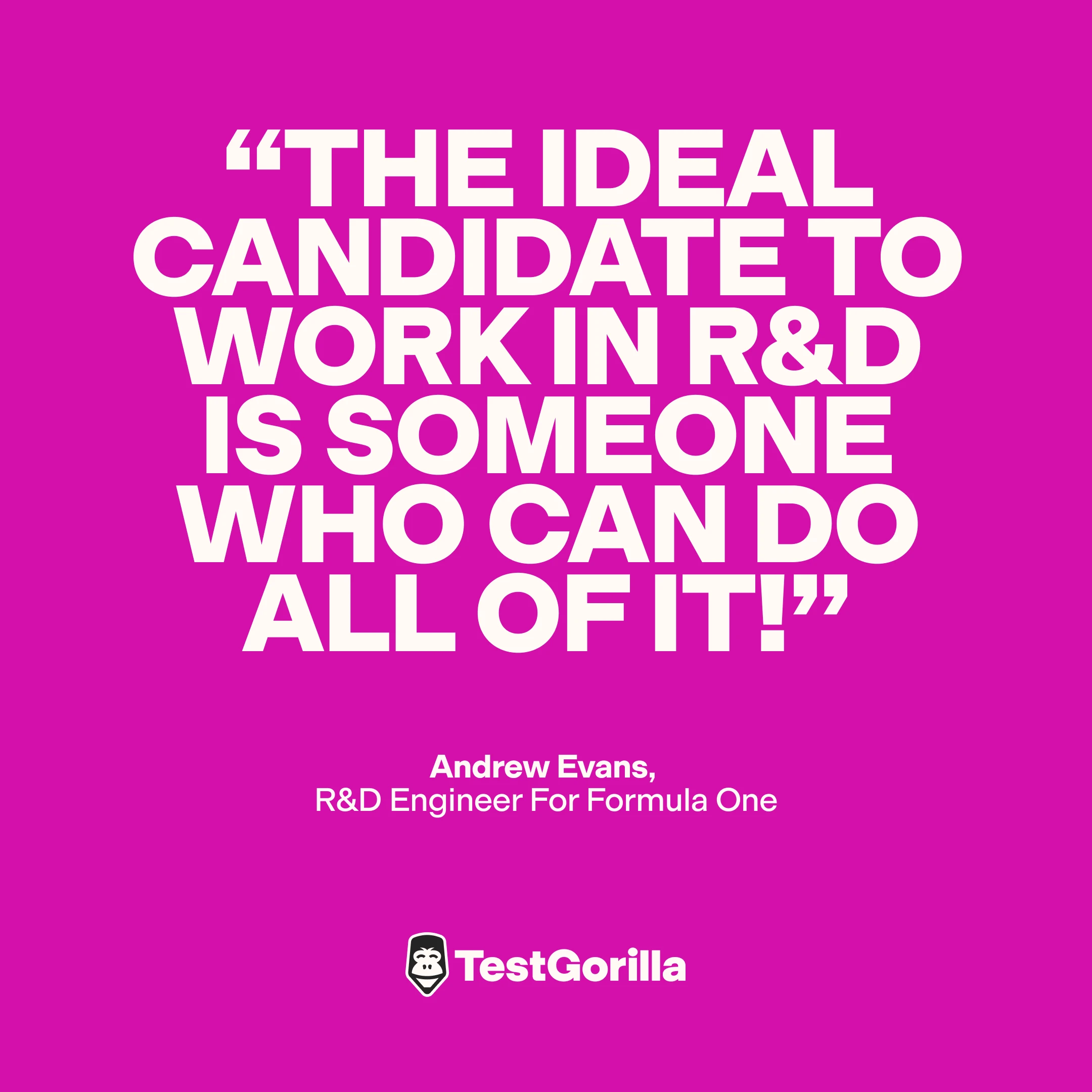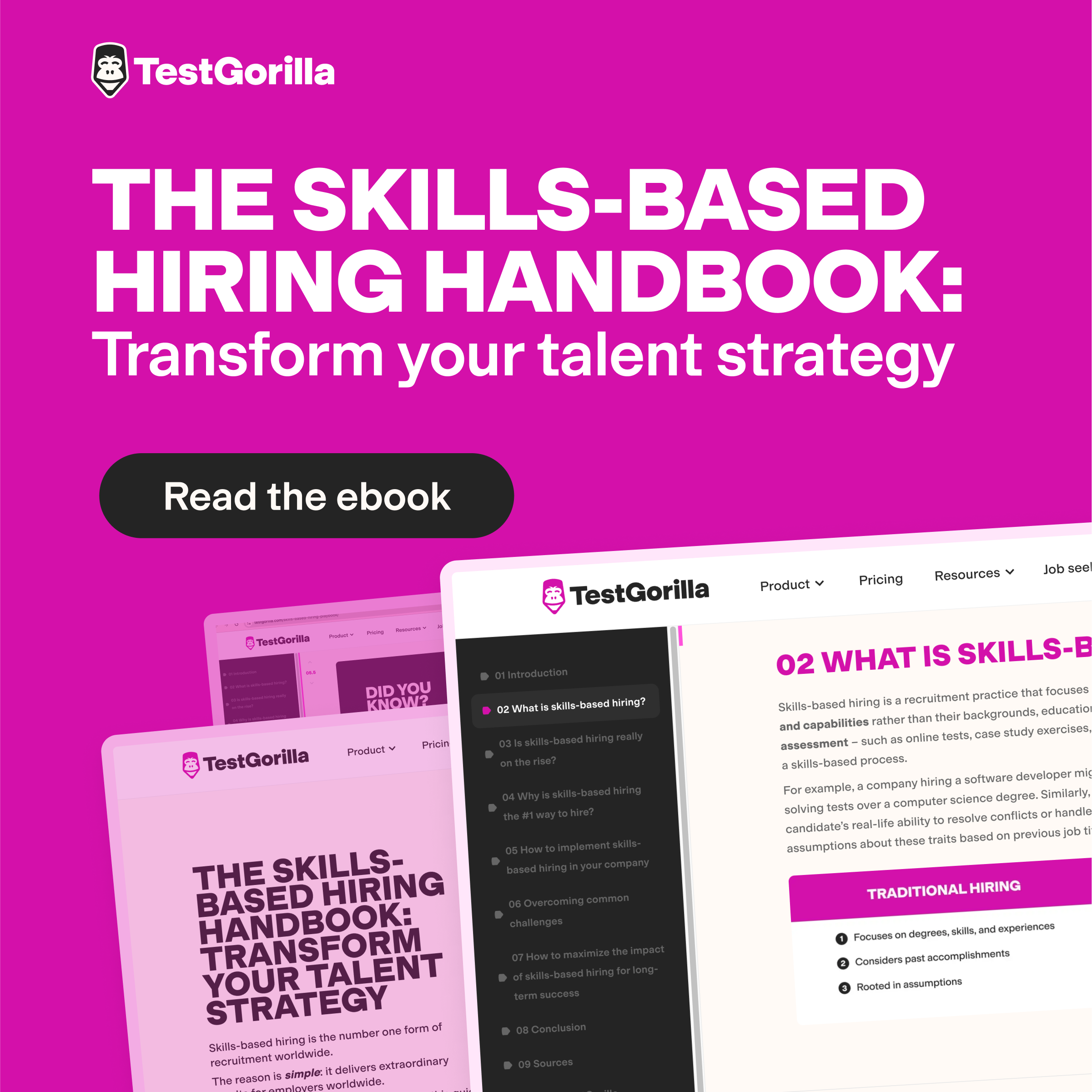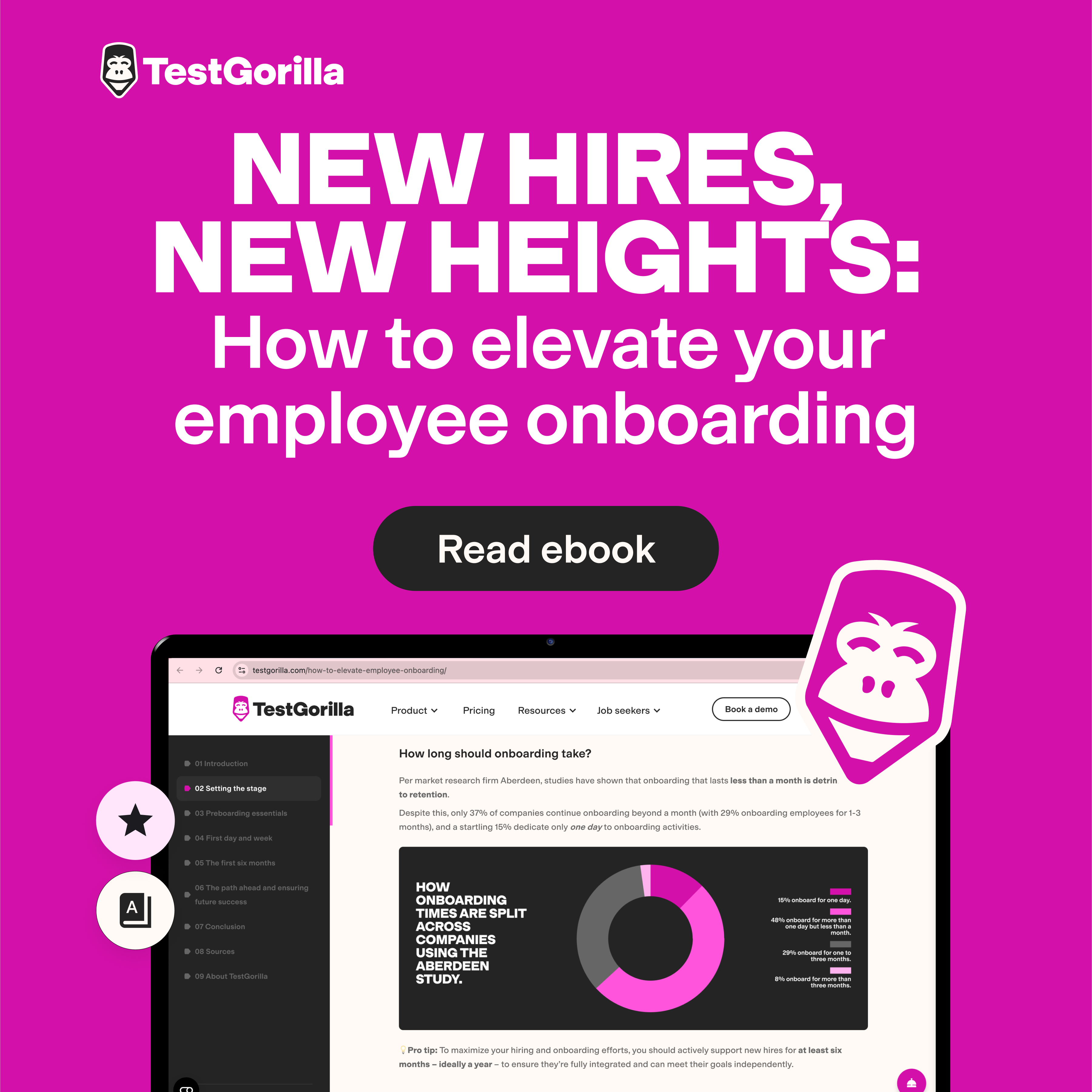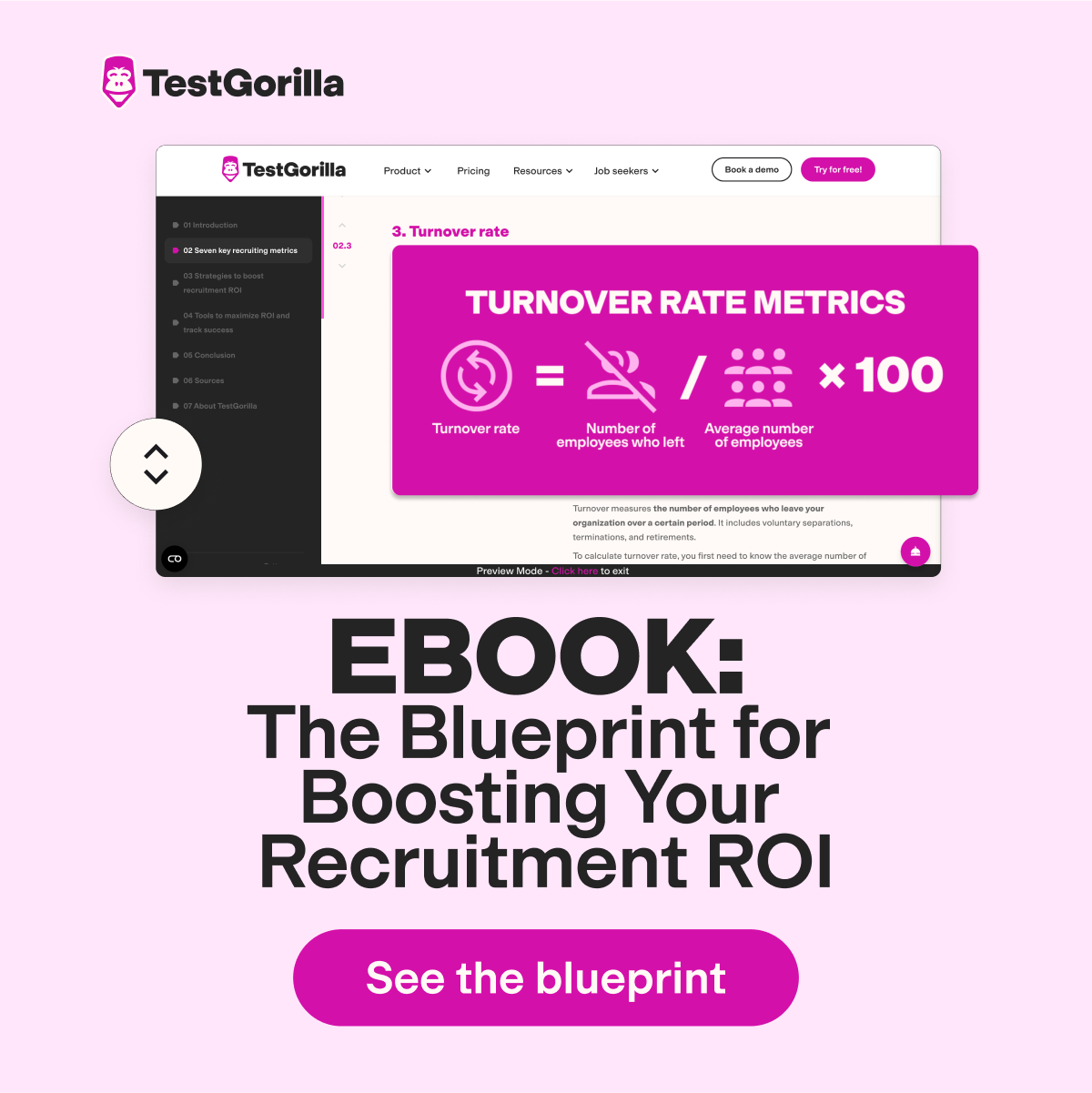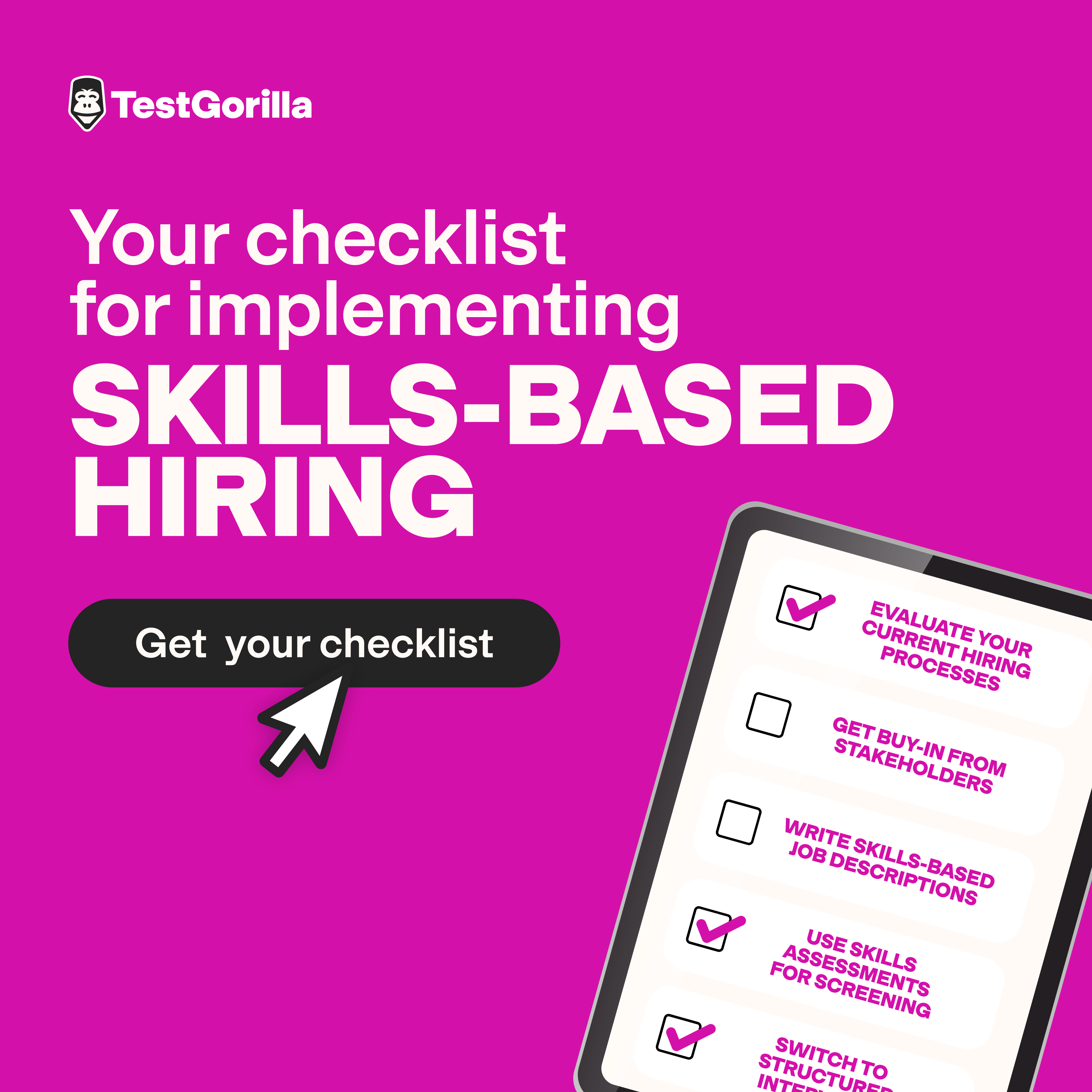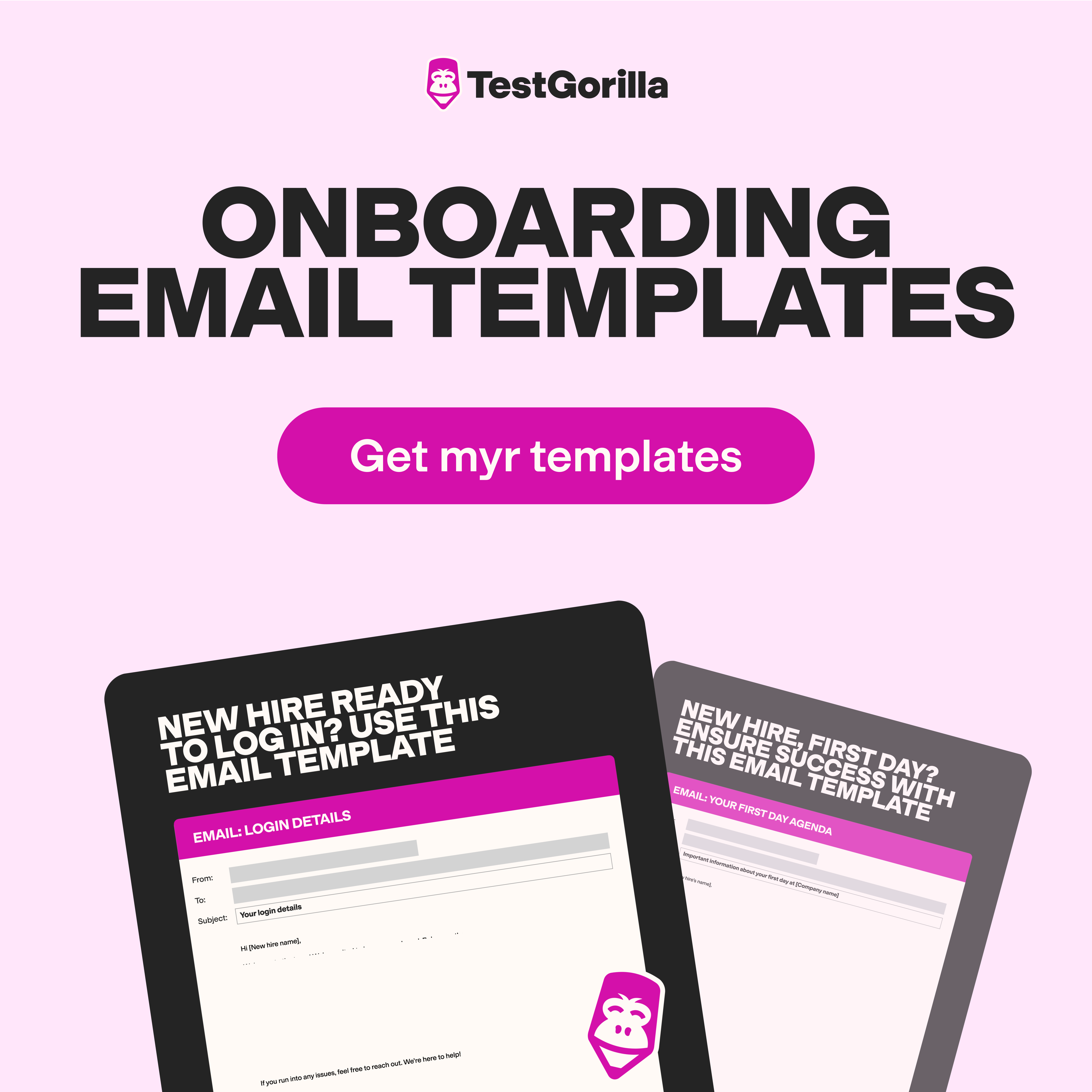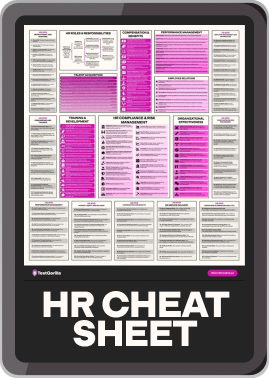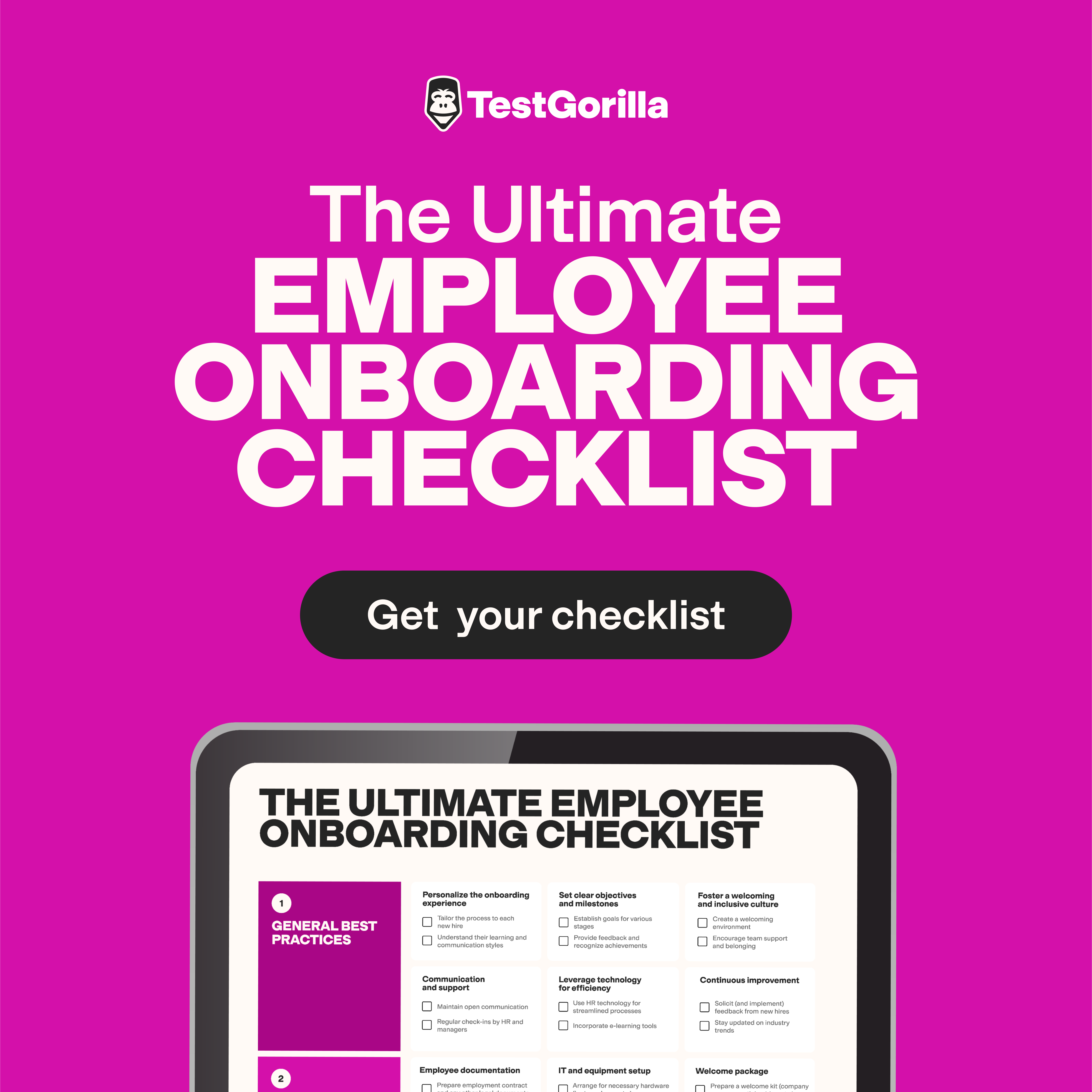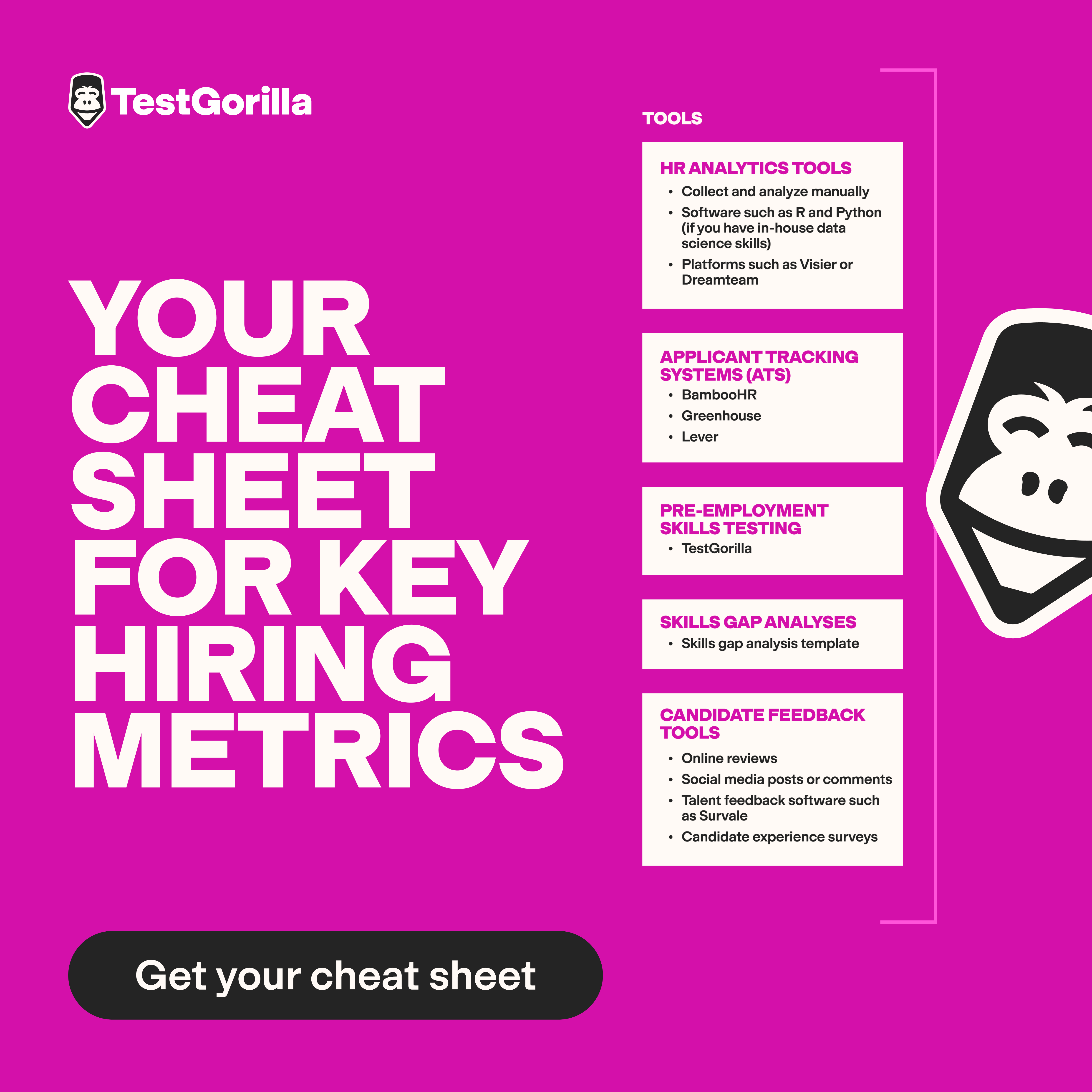R&D engineer job description template: Everything you need to include
R&D engineers are masters of product improvement. Whether they work in the engineering, manufacturing, or the tech industry, these problem-solving experts are all about making things better, faster, and more efficient.
But, this expertise makes writing a solid job description for this role tricky. How can you be sure you’re capturing everything without overwhelming job-seekers or missing key details?
We can help. Below, we include a comprehensive R&D engineer job description. We also discuss why a skills-based hiring approach can help you snag skilled engineers.
R&D engineer job description template
Job Title: R&D Engineer
Location: [City, State/Remote]
Department: [Department Name]
Reports To: [Manager/Supervisor Title]
Job Type: [Full-Time/Part-Time/Contract]
Job Summary
We are seeking an innovative and results-driven R&D Engineer to join our [company/department name]. In this role, you will be responsible for designing, developing, and testing new products, technologies, or processes that align with our organizational goals. You will collaborate with cross-functional teams to bring ideas from concept to implementation, ensuring quality and efficiency throughout the development cycle.
Key Responsibilities
Research & Innovation: Identify, analyze, and propose innovative solutions to address business and technical challenges.
Design & Development: Conceptualize, prototype, and develop new products, systems, or processes using advanced engineering principles.
Testing & Validation: Plan and execute experiments to validate designs, ensuring compliance with performance, safety, and quality standards.
Project Management: Manage multiple projects simultaneously, including planning, scheduling, and reporting on milestones.
Collaboration: Work closely with teams such as [Product Development, Manufacturing, Quality Assurance] to ensure seamless integration of new solutions.
Documentation: Prepare technical reports, design documentation, and presentation materials for internal and external stakeholders.
Continuous Improvement: Stay updated on the latest industry trends, technologies, and best practices to maintain a competitive edge.
Regulatory Compliance: Ensure all designs and processes meet relevant industry standards and regulatory requirements.
Key Competencies
Technical proficiency in [software or hardware your company uses, e.g., “CAD software”].
Ethical judgement and risk management.
Resource management.
Knowledge of material properties, manufacturing processes, and industry-specific technologies.
Advanced research and analytical skills.
Excellent verbal and written communication skills.
Creativity and innovative thinking and problem-solving.
Attention to detail and high precision in work.
Strong organizational and time management skills.
Ability to work independently and in a multidisciplinary team.
Commitment to continuous learning and development.
Interdisciplinary knowledge and adaptability.
Qualifications
Required:
Knowledge of [industry-specific regulations].
Bachelor’s degree in [Mechanical Engineering, Electrical Engineering, Chemical Engineering, or a related field].
Proven experience in R&D, engineering design, or product development.
Proficiency in [CAD software, simulation tools, etc.].
Preferred:
Master’s degree or Ph.D. in [relevant field].
Experience in [specific industry or application, e.g., automotive, medical devices, aerospace].
Familiarity with data analysis tools (e.g., MATLAB, Python).
Certifications in [relevant areas, e.g., Six Sigma, Lean Manufacturing].
Experience with intellectual property processes, including patents.
What We Offer
Competitive salary and comprehensive benefits package.
Opportunities for career advancement and skill development.
A supportive and inclusive work environment.
Access to state-of-the-art facilities and resources.
Application Instructions:
To apply, please submit your [application materials, e.g., “a cover letter and portfolio”] to [email/website link].
Deadline: [Insert Application Deadline]
[Company Name] is an Equal Opportunity Employer. We are committed to fostering diversity and inclusion in the workplace.
Why this R&D Engineer job description template works
We’ve designed this job description to help you find your next R&D superstar. Each section is carefully thought out and tailored to attract top talent. Here’s why each section between the job summary and application instructions works so well.
Job summary
R&D engineers work across a host of different industries, so the job summary should be front and center. This section sums up your company name, sheds light on your industry and goals, and gives candidates a peek at the collaborative aspects of the job. This way, candidates immediately understand the nature of the role.
Key responsibilities
This section helps set expectations and helps you attract candidates who are excited about the day-to-day tasks of the role. There’s no point being vague about the job or sugar coating the tasks. Be clear to attract the right people – including candidates excited about prototyping, cross-departmental collaboration, and more.
Key competencies
An R&D engineer without the skills you need won’t succeed in the role – no matter how much education or experience their resume lists.
Listing key competencies before qualifications ensures that candidates clearly understand the combination of technical expertise, situational judgement, and soft skills needed to succeed in the role.
Tons of hard skills might be essential to your role – from software proficiency to knowledge of material properties. And skills like communication, teamworking, critical-thinking, and adaptability are all key in R&D roles, so highlight them clearly.
For instance, consider what Andrew Evans – an R&D engineer for Formula One – says about the importance of adaptability and interdisciplinary knowledge:
"The ideal candidate to work in R&D is someone who can do all of it!
"...I may not be as good at doing surfacing as somebody who works in aero and I'm not a software engineer, but I have enough knowledge and experience of both that enable me to do my job to a good level. Having that broad understanding of things like aerodynamics and software engineering is really useful for a career in R&D."
Qualifications
An R&D engineer is one role where candidates often need the right qualifications. In this field, certain qualifications are non-negotiable – they may be compliance or health and safety requirements. For instance, an R&D engineer tasked with developing a medical device should know the FDA regulations concerning these devices.
We’ve separated the qualifications section into “Required” and “Preferred” qualifications so that candidates know what’s an absolute need and what’s a nice-to-have. This prevents candidates without the necessary qualifications from applying, saving them and you time.
You can move these around based on your needs and preferences. For instance, by making education and experience preferred rather than required you may open the door to capable career switchers, new graduates with no experience but plenty of skills, and more!
Benefits
R&D engineers are in high demand, so this section should set out any benefits that set you apart from competitors. Be sure to highlight benefits that will appeal specifically to these workers – such as “Access to state-of-the-art facilities and resources.”
The best insights on HR and recruitment, delivered to your inbox.
Biweekly updates. No spam. Unsubscribe any time.
Next steps: Attracting and assessing R&D engineer candidates
Once you’ve written your job description, publish it on your website, social media, and job boards to get applicants. Then, you must start scanning through resumes, shortlisting, and scheduling interviews.
Here’s a secret that can save you tons of time and improve the caliber of candidates you interview: talent assessments.
Talent assessments enable you to determine whether candidates have the skills and other qualities to do the job well. You can use a platform like TestGorilla to run these.
With over 400+ scientifically validated tests in our test library, our platform enables you to find the perfect tests to match your needs. Plus, you can combine up to five tests to create your own custom R&D engineer assessment – and you can even add custom questions.
Consider using the following tests for R&D engineers:
Technical skills
Process Improvement skills test
QA & Engineering test
IT Engineering Microsoft 365 test
Machine Learning Skills test
Software Engineer test
Soft skills
Communication Skills test
Problem Solving Skills test
Critical Thinking Skills test
Culture and personality testing
DISC Personality test
Culture Add test
Those are just some of the tests that may work for you – keep looking through our library to find more.
These tests help you assess whether a candidate has the hard skills, soft skills, and personality to do the role well and fit in with your current team.
TestGorilla automatically scores candidates’ assessments for you – so you can quickly see who the most highly skilled candidates are. These are the candidates you should invite to interview. Check out this article on 40 engineering interview questions to get the ball rolling.
Want to learn more? Sign up for a plan today and see the difference TestGorilla can make to your hiring process.
FAQs
What is the highest salary of an R&D engineer?
A highly paid R&D engineer can earn anywhere from $105,000 to $145,000.
What’s the difference between an R&D scientist and an R&D engineer?
An R&D engineer focuses on designing and testing a product or system. R&D scientists, on the other hand, are more focused on experimenting and developing scientific theories or processes.
Related posts
You've scrolled this far
Why not try TestGorilla for free, and see what happens when you put skills first.

